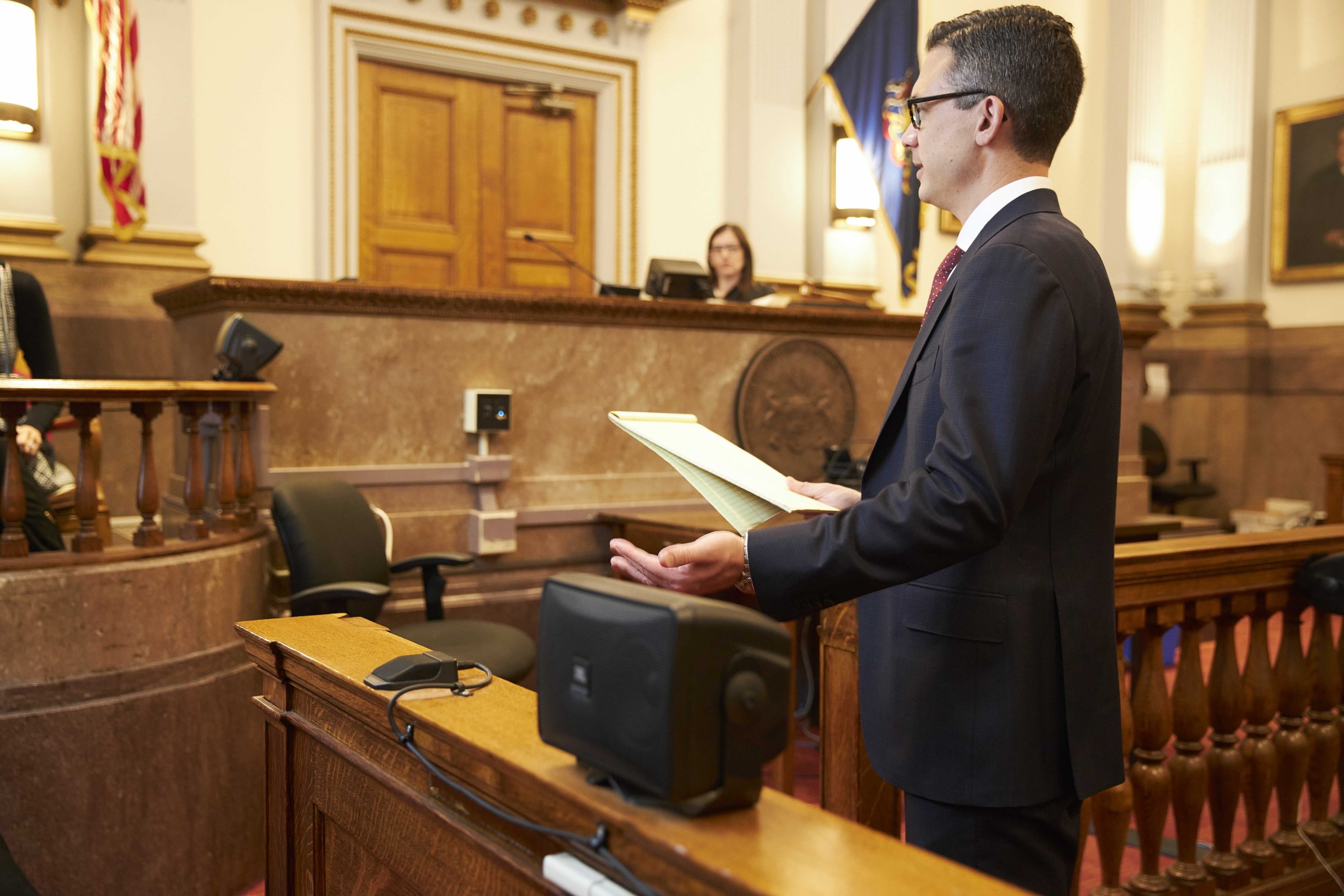Debunking the Refine of Federal Appeals: What You Required to Know
Browsing the detailed realm of federal allures can frequently seem like passing through undiscovered waters for those unfamiliar with the process. Comprehending the nuances of appellate court territory, the complexities of submitting a notification of appeal, presenting a compelling brief, and making a convincing oral disagreement are vital components that can substantially impact the end result of a situation. By untangling the layers of intricacy bordering federal allures, individuals can acquire a more clear insight right into the devices that regulate this critical point of the lawful system.
Recognizing Federal Appeals Refine
Exploring the complex world of the government charms process introduces a structured and systematic journey with the judicial system. Federal appeals act as an essential mechanism for reviewing decisions made by lower courts. Comprehending this procedure is crucial for any individual associated with lawful process at the government degree.
The procedure normally begins with a celebration disappointed with a reduced court's judgment submitting a notice of appeal. This activates a testimonial by a greater court, where a panel of judges evaluates the legal disagreements presented by both events. Briefs detailing the lawful reasoning behind each celebration's position are sent, and dental arguments may be heard to clarify complicated issues.
The appellate court's choice is based upon a detailed assessment of the reduced court's process and the debates provided. The courts do not focus but reconsider truths on whether legal mistakes happened that influenced the lower court's decision. Once the appellate court reaches a decision, it can verify, reverse, remand, or change the reduced court's judgment, offering clearness and finality to the lawful dispute. Comprehending this process is essential for browsing the intricacies of federal charms effectively.
Appellate Court Territory Described
Appellate court territory refers to the range of cases that a certain appellate court has the power to evaluate and decide upon. Unlike test courts that listen to cases for the initial time, appellate courts are restricted to assessing choices made by reduced courts.
Appellate courts have jurisdiction over details kinds of situations, normally those including legal mistakes, procedural problems, or inquiries of regulation rather than factual disagreements. The jurisdiction of appellate courts is generally outlined in laws and laws that govern the court system. Recognizing appellate court territory is essential for parties entailed in the allures process as it identifies whether an instance is qualified for evaluation and the degree to which the appellate court can interfere in the lower court's decision.
Filing a Notification of Allure
The initial step in beginning the government appeals process involves filing a Notice of Charm with the suitable appellate court. This critical record officially notifies the court and the various other parties included in the situation that the appealing event plans to look for a testimonial of the reduced court's decision. Filing a Notice of Charm is a strict procedural requirement that sets the appellate process moving.
When preparing the Notice of Allure, it is necessary to make sure compliance with the specific rules and standards of the pertinent appellate court. federal crime attorney. The document has to generally include info such as the situation name, the reduced court's name, the date of the judgment being appealed, and a succinct statement showing the premises for the allure

Briefing and Oral Debate
In the appellate process, presenting created briefs and participating in oral disagreements play essential duties in advocating for the appealing event's position before the appellate court. Briefs this article are detailed lawful papers that lay out the parties' disagreements, legal authorities, and analysis sustaining their settings. These written entries offer the court with a thorough understanding of the truths of the case, the relevant regulation, and why the appealing event believes the reduced court's decision ought to be rescinded.
Adhering to the submission and review of the briefs, dental disagreements provide the events a chance to additional clarify their settings, attend to any inquiries the appellate courts may have, and emphasize vital points from their created briefs. Dental arguments are a possibility for the attorneys to convince the courts with spoken advocacy and feedbacks to questions from the bench.
Both the created briefs and dental arguments are critical components of the appellate procedure, permitting celebrations to present their instance thoroughly and compellingly before the appellate court. - federal appeal lawyers
Obtaining the Appellate Court Choice
Upon completion of dental debates and entry of created briefs, the following critical phase in the appellate process entails waiting for the crucial judgment from the appellate court. This duration of expectancy can be filled up with a mix of stress and anxiety and hope for events associated with the appeal. The appellate court's decision is typically provided in a composed style and describes the court's verdicts on the lawful concerns provided, the reasoning behind their decision, and the judgment made. The moment frame for receiving the appellate court's choice can differ, but courts strive to provide prompt resolutions. As soon as the decision is released, events should very carefully assess the court's judgment to recognize the end result and identify any further actions that might be needed. Whether the appellate court attests, turns around, or remands the lower court's decision, recognizing the ramifications of the judgment is vital for all events associated with the appellate procedure. Quickly reviewing and understanding the appellate court's decision is crucial in navigating the following actions in the legal process.
Verdict
Comprehending the appellate court territory, filing a notice of appeal, preparing briefs, and providing oral arguments are all essential elements of this process. Ultimately, getting the appellate court decision can supply clearness and resolution to lawful disagreements.
As we advance from comprehending the federal appeals process to exploring the details of appellate court jurisdiction, an essential aspect comes to light pertaining to the authority and limitations of these greater courts in the lawful landscape. Appellate court jurisdiction refers to the extent of situations that a certain appellate court has the power to examine and determine upon. Unlike trial courts that listen to instances for the first time, appellate courts are restricted to assessing decisions made by lower courts. Understanding appellate court territory is vital for parties entailed in the charms procedure as it establishes whether an instance is eligible for review and the degree to which the appellate court can intervene in the lower court's choice.
